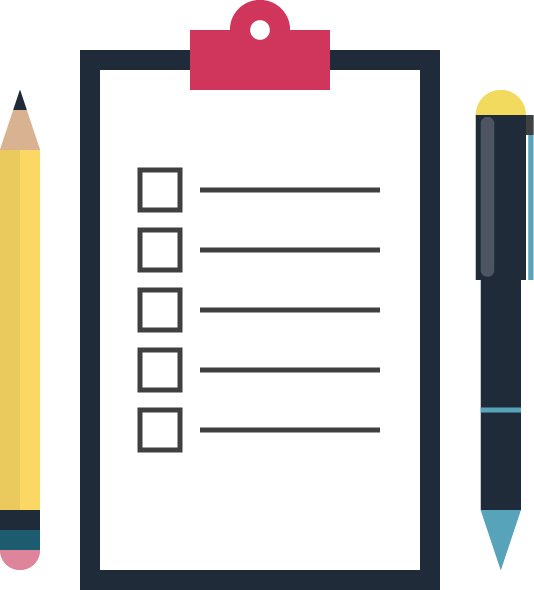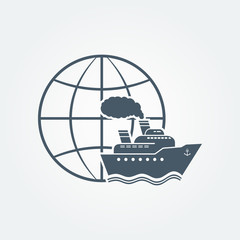Vessel Agent
The ship’s agent will have made the necessary arrangements for pilot, tugs and berthing crew as well as informing the Port Authority, Immigration, Health, Customs ( for ship ) and other Authorities, as required.
Pilots must be ordered for inward and outward passages by ship’s agent. VHF channel 16 is always monitored. The pilot uses a service boat to board arriving or vessel at anchorage.
Berthing restrictions may be imposed by the Port Authority and it is always necessary to anchor-up near the berth until Port Authority permission to berth is obtained.
Running of mooring lines and release of mooring lines except in an Emergency is handle by mooring gang and are arranged for by the ship’s agent/ship’s owner.

Before the vessel will be berthing to Siam Maspion Terminal Jetty, the agent shall provide the A1 Permission to SMT with the following document as below :
- Master Cable from Captain
- Pemberitahuan Kedatangan Kapal ( PKK ) from Syahbandar/ADPEL
- Cargo Manifest
- Copy Bill of Lading
Information Tanker to Jetty
Prior to arrival at the jetty, the Ship’s Master shall advise to Siam Maspion Terminal as Planner and Vessel agent the information required below:

- Estimated Time of Arrival 7 days, 5 days, 3 days, 2 days, and 1 day before arrival
- The quantity of cargo on board.
- Tank history (last three cargo’s carried).
- Number and size of manifold connections and reducers available.
- Temperature and pressure of each ship’s tank.
- Set point of each cargo tank’s relief valves.
- Amount, type and location of slops on board
- Any defects in ship or equipment affecting cargo performance or safety of operations.
- ISPS status level
- Type, size and number mooring available
- Draft on arrival
The Master of the ship is responsible to ensure that all required documentation and original certificates are available for port formalities, including but not limited to :
- Estimated Time of Arrival 7 days, 5 days, 3 days, 2 days, and 1 day before arrival
- The quantity of cargo on board.
- Tank history (last three cargo’s carried).
- Number and size of manifold connections and reducers available.
- Temperature and pressure of each ship’s tank.
- Set point of each cargo tank’s relief valves.
- Amount, type and location of slops on board
- Any defects in ship or equipment affecting cargo performance or safety of operations.
- ISPS status level
- Type, size and number mooring available
- Draft on arrival